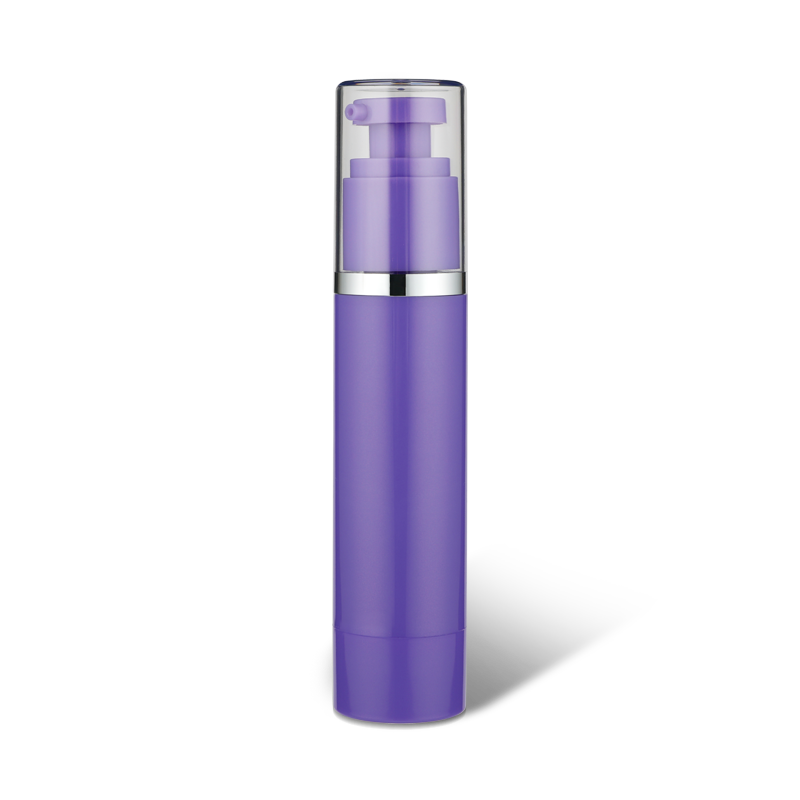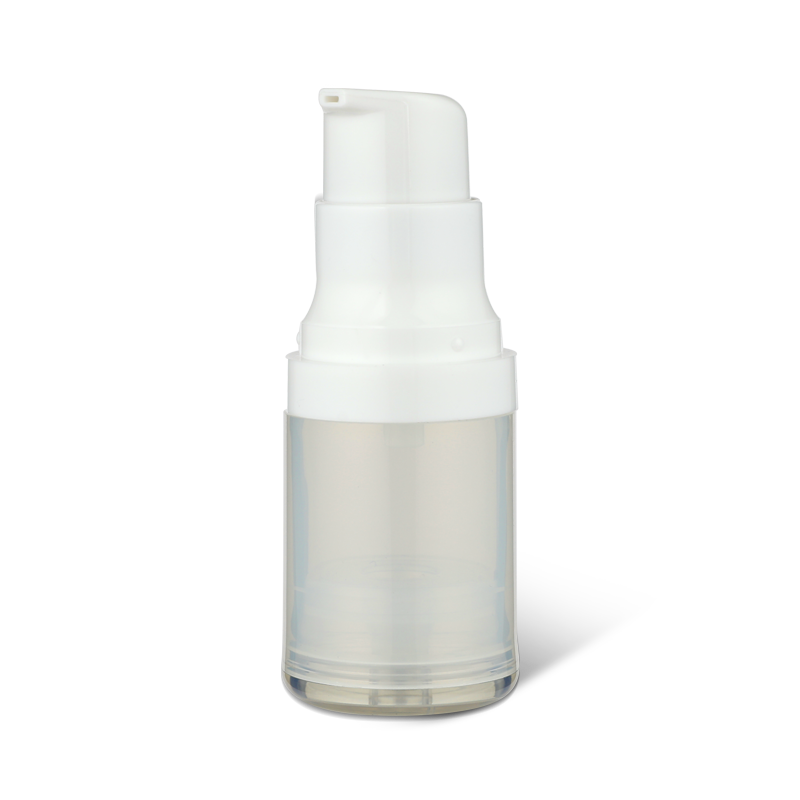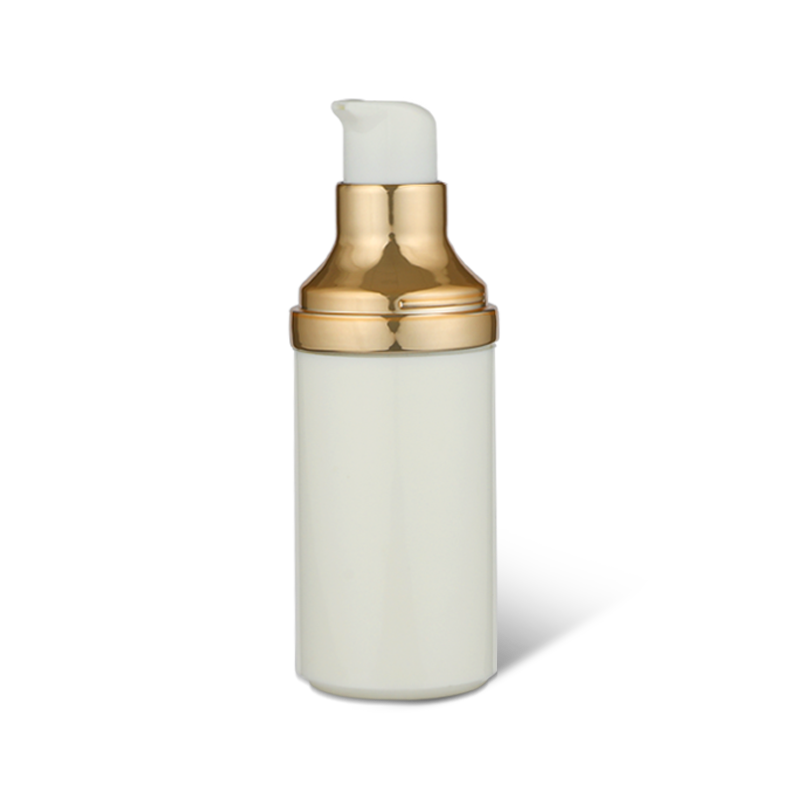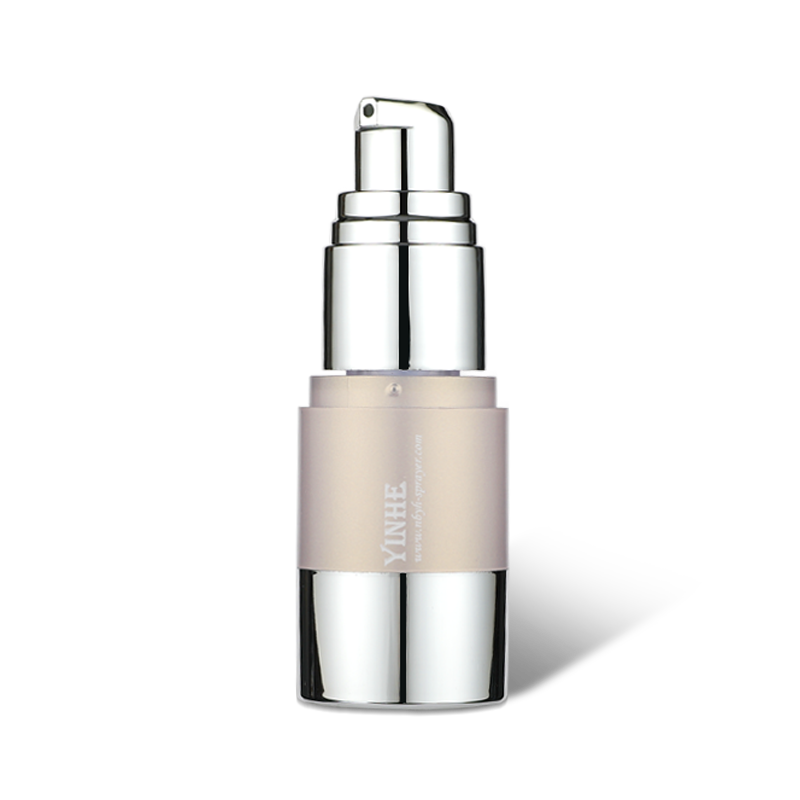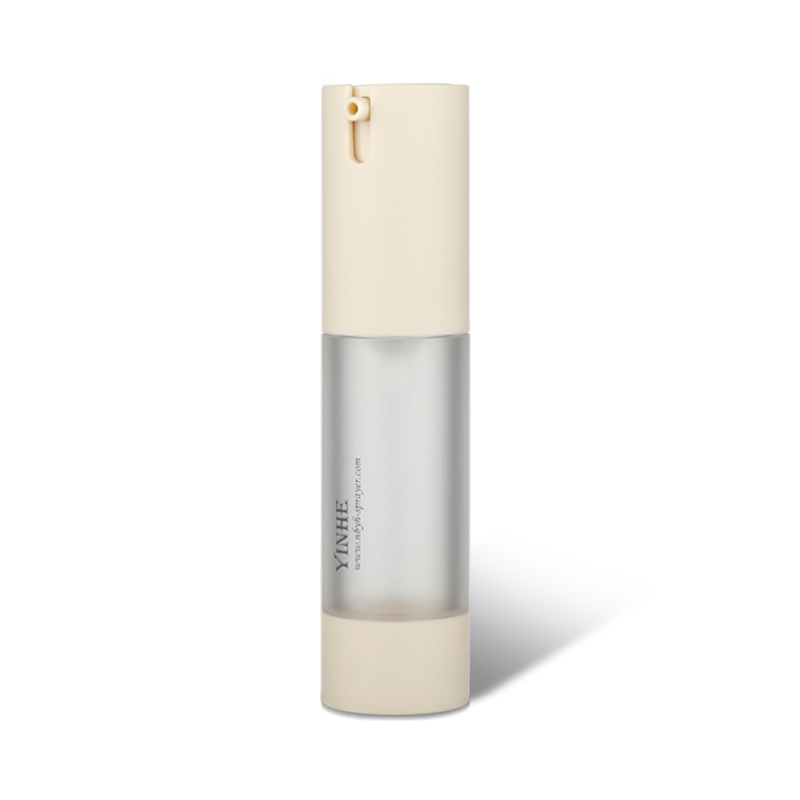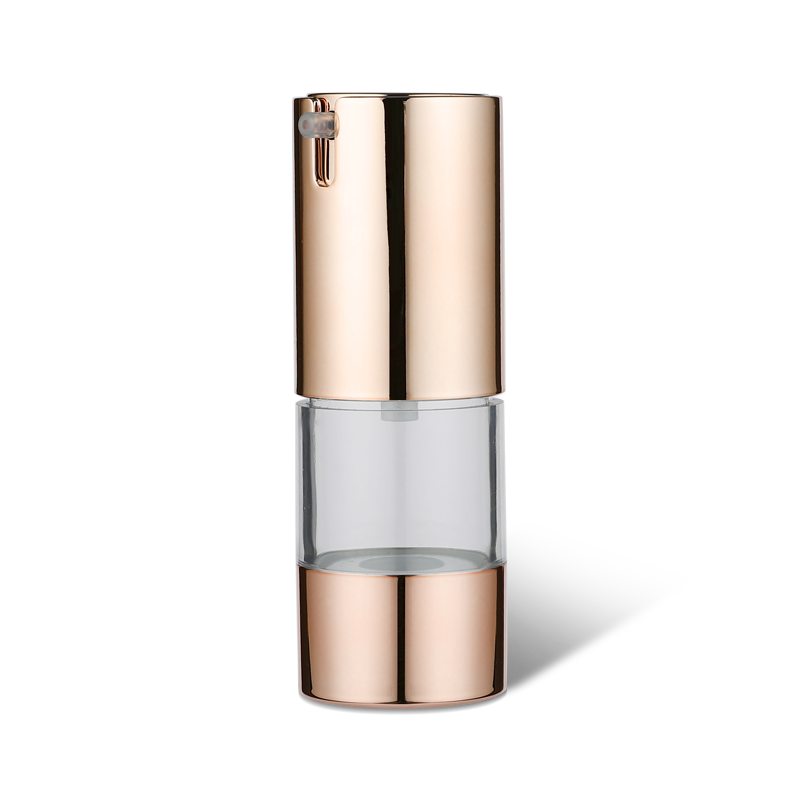What material requirements do plastic bottles have in cosmetic plastic packaging?
Update:09 Feb
What material requirements do plastic bottles have in cosmetic plastic packaging?
The plastic bottle industry is an industry with frequent technological updates. For new products, the timely grasp of new technologies is crucial to the development of an enterprise. The emergence of hot-filling plastic bottles is also the result of such an opportunity. The important role of plastic bottles used in cosmetic containers and packaging is to facilitate transportation, not easy to break, and to better protect cosmetics. However, not all plastic bottles can be used to package cosmetics. Guojia has strict requirements on cosmetic plastic packaging, and relevant enterprises must strictly abide by the relevant production and packaging regulations. So what are the material requirements for plastic bottles used in cosmetic packaging?
Generally speaking, the materials of plastic bottles used for cosmetic packaging are divided into PP, PE, K material, AS, ABS, acrylic, PET, etc. The PET material is used for the molding of cosmetic packaging plastic bottles, the tube blank is injection molded, and the product packaging is bottle blowing. However, the radiation bottle made of acrylic material has poor chemical resistance and generally cannot be directly placed in a paste. The scratches look particularly obvious, the high permeability, and the feeling of being super thick on the wall, but the price is quite expensive.
The crystallization technology of the bottle mouth of the hot-filling PET bottle is the key. At present, the new technology can make the bottle withstand the filling temperature of 93 ℃, although from the perspective of killing, the higher temperature may not be better than the whisker. The future development trend of hot-fill bottles is mainly focused on reducing gram weight and developing more bottle types.
The development of plastic bottles has gone through several processes such as adding PEN and applying barrier coatings. At present, a more feasible solution is to adopt the multi-layer bottle production technology, and use EVOH or nylon as the barrier layer in the middle, but due to factors such as cost, it is not clear when this market will start. PC is currently the main material for making 5-gallon drinking buckets. It has been reported that drinking buckets made of PET can also meet the quality requirements, but in a short period of time, PET still has no possibility to replace PC.
As a newly developed product, BOPP bottles are currently mainly concentrated on some beverages that require high temperature killing or pasteurization, such as herbal tea. Its main application areas are currently concentrated on large infusion products. PE containers are not widely used in beverage plastic blow molding machines, and are mainly concentrated in a small amount of large-capacity (such as 5 liters) bottled water.
The space for reducing the gram weight of PET bottles used for carbonated beverages and bottled water is very small, and the future development is mainly the high-speed production of production equipment. With the advent of the era of cold aseptic filling of beverages, ordinary PET bottles are making a comeback. At the same time, the multi-layer bottle technology using recycled materials as the core layer in the production of ordinary PET bottles is quite mature, but due to the high requirements for equipment, the cost has become the main factor restricting development.
